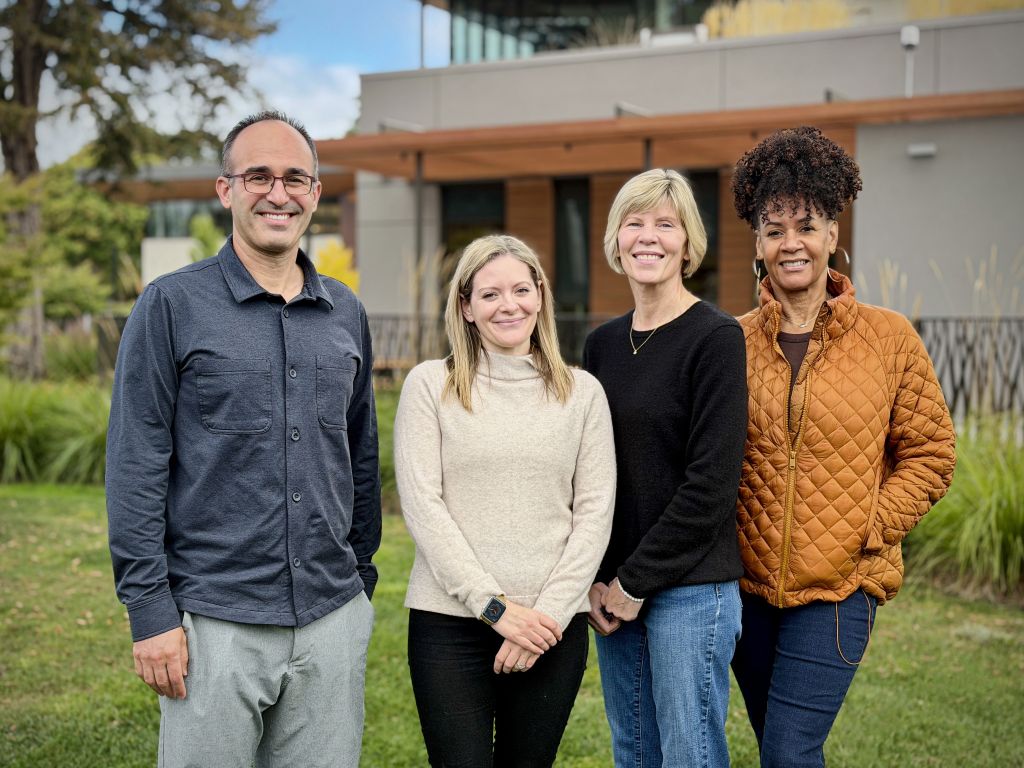San Bruno
Monte Verde Park
Monte Verde Park is exclusively residential. Its streets of classic mid-century one- and two-story homes. A small (population approximately 2,000), close-knit district of winding, sometimes steep roads and larger-than-average homes whose verdant setting give a secluded air to its suburban vibe. Today, Monte Verde Park is no longer the “new kid on the block,” but instead a long-established, stable family neighborhood, one of San Bruno’s most desirable.
Monte Verde Park real estate sits at the upper half of the San Bruno market. These homes, which once sold for the low five figures, now fetch up to $1.5 million on the open market. They are larger than homes in “the flats,” with three, four or even five bedrooms. Half of them were built between 1960 and 1969; three-fourths between 1950 and 1969, putting them squarely in the heart of the mid-century era. They are contemporary in design, with wide, flat facades and two-car garages, and share the open interior floor plans that characterize that period. Most recent sales of Monte Verde Park real estate show homes selling within a range of $1.1 to $1.5 million, but buyers should take note: Inventory is chronically low because Monte Verde residents stay put an average of five years longer than is the San Bruno average.
-
$1.51M
Median Sale Price
-
$1.5M
Average Sale Price
Pricing data based on single-family homes
On this page
Monte Verde Park
Stats & Trends
2022 Price Data
Number of Sales
13
sales
Percent List Price Received
106.7%
Median Sales Price
$1.51M
Average Sales Price
$1.5M
Lowest Sales Price
$1.2M
Highest Sales Price
$1.94M
Monte Verde Park on the Map
Schools & History
Schools
Students in Monte Verde Park attend Monte Verde Elementary School, with 537 students, a Great Schools rating of 9 out of 10 and a recent API of 913. After this, they move onto Parkside Intermediate School, which has 516 students in grades 6 through 8, a Great Schools rating of 7 out of 10 and an API of 785, then finish at Capuchino High School (API 796) or Peninsula Alternative High School.
History
Unlike the land located close to San Bruno’s downtown core, the acreage that eventually became Monte Verde Park remained undeveloped until well after the end of World War II. Instead, it was part of the massive holdings of Richard George Sneath, a Maryland-born diary farmer who’d made a fortune as a merchant during the California Gold Rush. Founded in 1875, Sneath’s dairy covered 3,000 acres during its heyday, stretching from El Camino Real to Sweeney Ridge, and from modern-day Sneath Lane to the South San Francisco border. Monte Verde was part of “Jersey Dairy #1” until the 1920s, when the Sneath family began selling off pieces of its land to smaller farmers.
Eventually, “The Highlands,” as the western lands were known to locals, were purchased by builders, subdivided and developed. “Monte Verde Addition’s” turn came in 1953. Fans of Mid-Century Modern design should note that homes here come courtesy of the Stoneson brothers, large-scale developers on the Peninsula during the postwar years and dedicated modernists. Monte Verde’s relatively late growth (1961-1962) is reflected in the Stoneson homes, many of which have interior atria and loosely recall the designs of Joseph Eichler’s developments of the same era.

Contact Raziel to find the right property for you.
With a team of experts guiding you every step of the way, our extensive knowledge and experience will ensure you have the best home buying experience possible.


